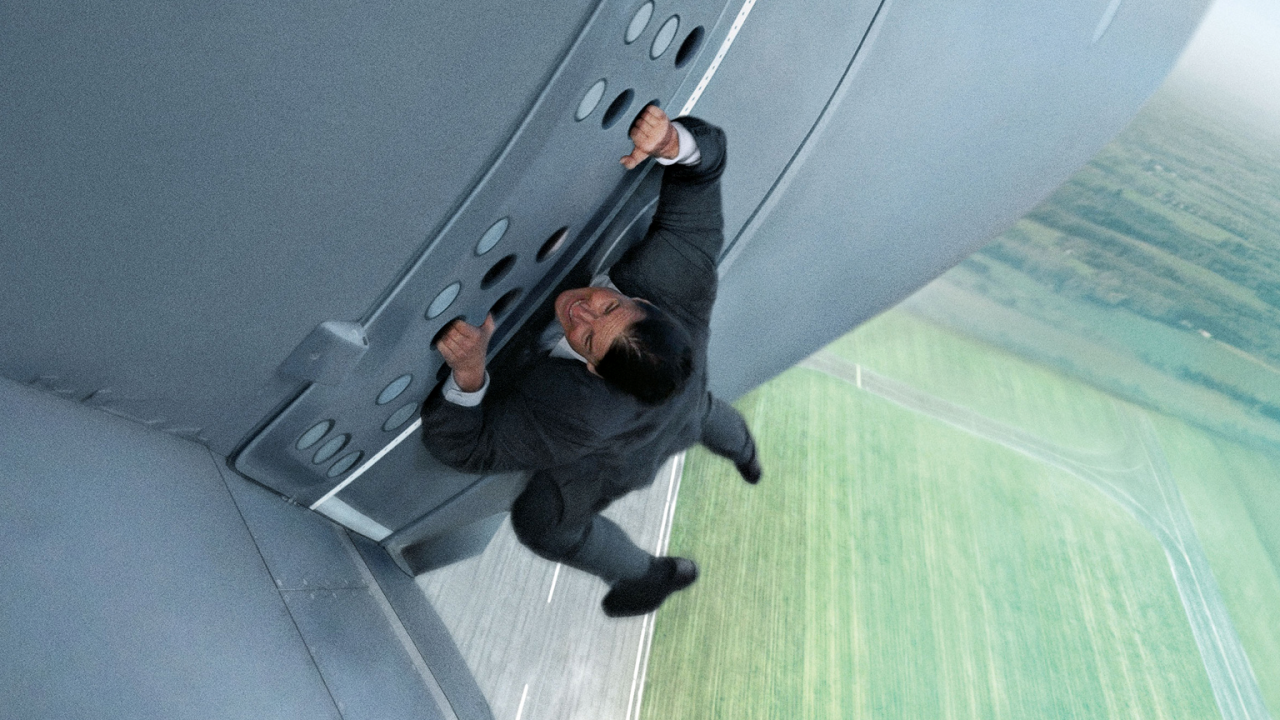
Writing Advice Wednesday
Writing Exercises
As well as a relevant video essay I’ve found, I’ll be giving you writing exercises to perform, if you’re keen to either get some practise, or need some motivations to start a new script or novel. It’s exercises like this that form part of my One Hour Screenwriter course, which will help you write an entire feature film script in 22 weeks. You can purchase it at the shop here. You can also read testimonies here that show my methods have worked for plenty of other people.
This week, it’s time to put some finish touches to your outline…
Finalize and Finish Your Outline
Review your notes one last time. (I promise, this is the last time!) Put the finishing touches on your outline.
Does your Act One have two major sequences?
These should show:
- 1) The action that starts or kicks the story off
- 2) The action that propels your character into the second act.
Each sequence should have six to eight scenes. The final scene in Act One is a mini-climax, after which your main character cannot retreat and cannot go back.
He or she is compelled to move forward into the second act and deeper into the story.
Does your Act Two have four major sequences? These sequences should show:
1) An action that demonstrates how your character has changed in pursuit of the want or physical goal
2) An action that shows how your character seizes the initiative and comes closer to the want or goal
3) An action that shows how your character is caught in a struggle between the want and the need
4) An action that shows how your character surrenders the want and embraces the need; or, if the story is a tragedy, obtains the want and surrenders the need
Each of the sequences in the second act should have six to eight scenes, each building to a sequence mini- climax.
At the end of both sequences there should be a major turning point:
1) By the end of the second sequence in the second act, your character has stepped forward and takes command of the story
2) After the final scene in the second act, your character has lost what he or she wants, and is at the lowest point possible. Or he or she has obtained the want and finds it empty, hollow or too expensive emotionally to bear. This is the climax of Act Two.
Does your Act Three have one sequence of about seven to nine scenes? Is your final act short, punchy and powerful?
Does the act build to a compelling active crescendo?
In the third act your character embraces the need, finds new courage, finally faces his or her deepest fear and vanquishes the antagonist. Or your main character wins a moral victory.
Sometimes, after embracing the need the character gets the want in a comedic turn- around.
Or, If the story is a tragedy, your character succumbs to the fear and falls decisively to the Dark Side (becoming as bad as or worse than the antagonist) and the story ends in tragedy.
As you finish this week’s assignment you will have finished and polished your outline. Congratulations!
Video Essay of the Week
When you think about a crescendo, think beyond the page to how a director will stage your script:
Let me know what you think of this week’s writing exercise by emailing me at [email protected]. I’d love to hear from you as we go forward with more of these writing exercises. Next week, it’s time to read something else…
Until then, remember- all you need to do is Get Started and Keep Going!
– Laurie






No comment yet, add your voice below!